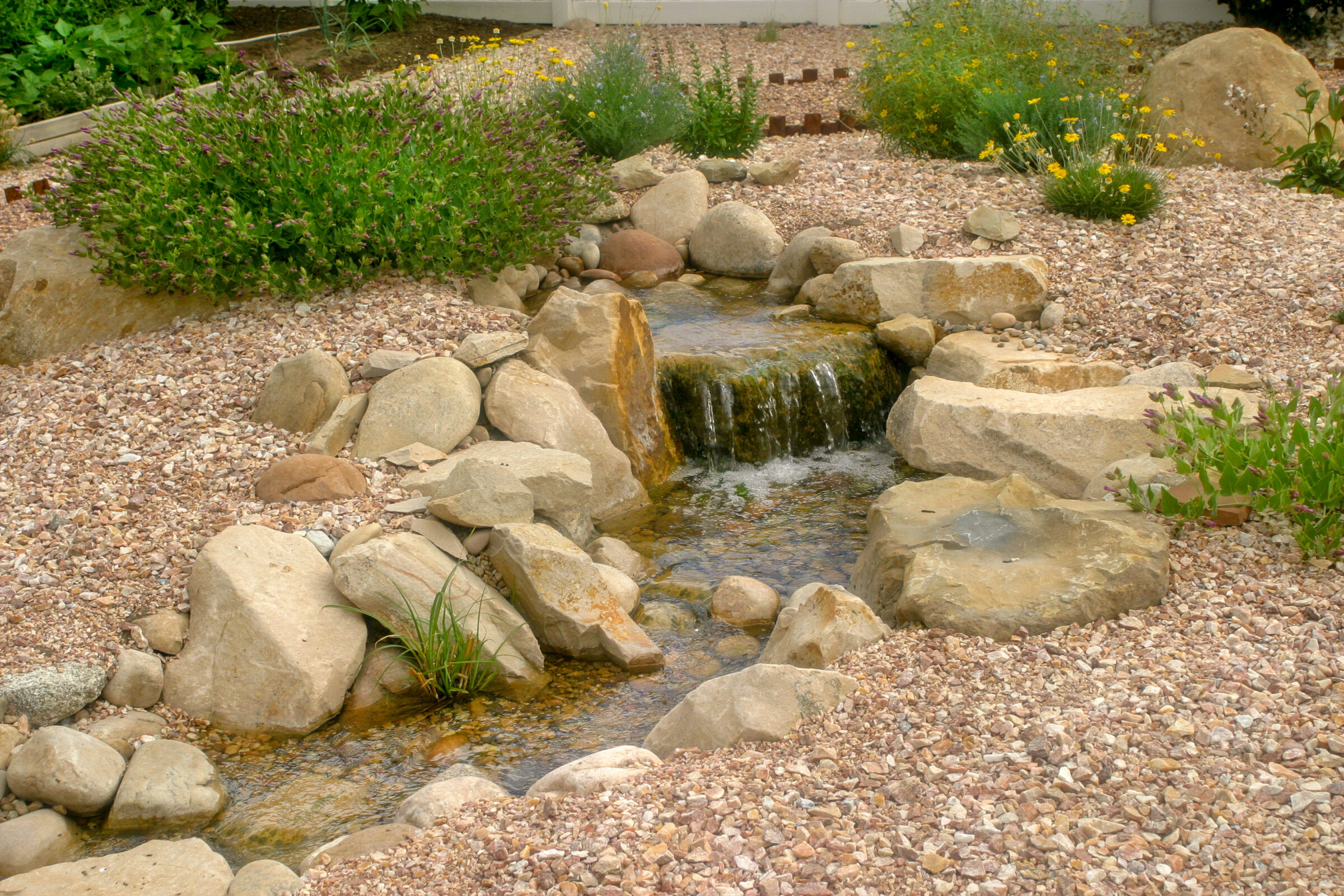5 Gravel Landscaping Project Tips for DIY Spring Projects
February 21, 2024

As we leave winter behind and spring sets in, it’s not just nature that wakes up, but also the spaces in our homes. Spring brings with it the chance to refresh and revamp our homes, making them even more appealing. It’s a great season for D.I.Y. landscaping projects. Transforming a basic green yard into a stunning, functional area is certainly possible. And the star of this transformation is an unpretentious yet highly adaptable material: gravel. Gravel landscaping opens a world of possibilities for D.I.Y. lovers, providing a flexible platform that’s only bounded by your creativity. So, it’s the perfect opportunity to take a dive into the world of gravel landscaping projects.
- Planning is Key
Whether tackling a grand renovation or a modest facelift, meticulous planning steers the direction of any project. It entails defining the design goal – minimalist elegance or traditional charm, gauging precise measurements of the chosen area, and sketching a basic blueprint of the envisaged outcome. Clarity at this stage can expedite the project execution and heighten the eventual sense of accomplishment. Consequently, planning is crucial to a successful transformation. Having said that, it is always advised to consider professional help or consultation if you find the blueprinting stage too challenging on your own.
- Choose the Right Gravel
The variety in gravel types caters to diverse landscaping designs and functionalities. The aesthetic and practical choice could be anything from smooth river rock and rounded pea gravel to angular crushed granite. If the array of options feels overwhelming, online resources found on the HK Contractors product page can assist in aligning project specifics with the ideal gravel type.
- Proper Ground Preparation
Once you have chosen the perfect gravel for your project, it is crucial to dedicate proper attention and care to the preparation of the ground. Ground preparation encompasses weed clearing, soil conditioning, and applying a quality landscape fabric, which forms the base defense against undesirable weed growth. Remember, flaws within the base layers are likely to affect the surface eventually and could potentially lead to an unstable walkway or patio. A solid foundation sets the tone for the success of a landscaping project. Meticulous groundwork promises a gravel landscape that preserves its aesthetics for the entire season.
- Adequate Gravel Layering
The depth of gravel layering significantly impacts the landscape’s functionality. According to industry experts, a layer thickness of 2-4 inches tends to serve most landscaping needs effectively, acting as an efficient weed deterrent while providing a resilient base for the landscape design. Yet, what if your landscape area is prone to heavy foot traffic or vehicle use? In such instances, layering might need to be positioned a little deeper, perhaps up to 6 inches. This can offer more stability and long-term robustness, reducing the risk of erosion or gravel displacement. Additionally, remember that adequate layering also ensures your gravel isn’t easily washed away by rainstorms.
- Maintenance and Care
Even though gravel landscapes are known for their easy maintenance, they do require occasional upkeep to retain their premium look. Upkeep routines often include gravel layer replenishment, regular raking to ensure even gravel distribution, and ongoing weed control. The aim is to maintain the integrity of the design and to preserve the area’s pristine appearance.
These gravel landscaping tips provide a roadmap for revamping your outdoor environment into something visually appealing and stylish. Success in this venture requires patience, creativity, and adherence to expert recommendations. Remember, landscaping isn’t merely an aesthetic pursuit, it’s meant to provide a function as well.

